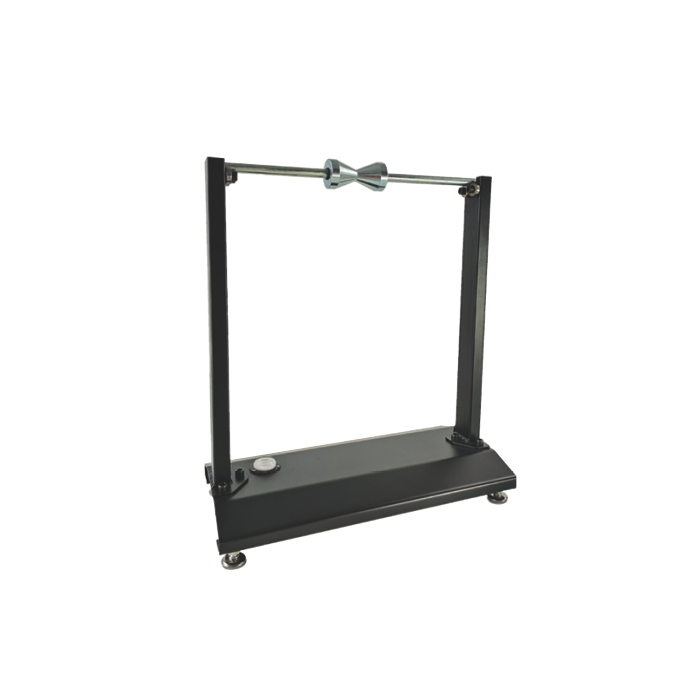Understanding the Importance of Wheel Truing
The Role of Wheel Alignment in Motorcycle Performance
Proper wheel alignment is crucial for optimal motorcycle performance. When your wheels are true, they spin smoothly and evenly, reducing vibration and improving stability. This alignment affects everything from your bike's handling to its fuel efficiency. A well-trued wheel distributes weight evenly, preventing uneven tire wear and extending the life of your tires. Moreover, it enhances your safety on the road by ensuring predictable handling, especially during high-speed rides or challenging road conditions.
Common Issues Caused by Misaligned Wheels
Misaligned wheels can lead to a host of problems for motorcyclists. You might experience wobbling or shaking at certain speeds, which not only feels unsettling but can also be dangerous. Uneven tire wear is another common issue, potentially leading to premature tire replacement. In severe cases, misalignment can cause stress on your bike's suspension components, leading to costly repairs down the line. Additionally, riders often report decreased fuel efficiency and a general lack of responsiveness in their motorcycle's handling when wheels are out of true, making a motorcycle truing stand an essential tool for early detection and correction.
Benefits of Regular Wheel Truing
Regular wheel truing offers numerous benefits that extend beyond just smooth riding. It's a preventative measure that can save you money in the long run by reducing wear on tires and other components. Trued wheels contribute to better overall performance, allowing you to enjoy your motorcycle to its fullest potential. You'll likely notice improved cornering ability and more precise handling. For racers or performance enthusiasts, even small improvements in wheel trueness can translate to significant gains on the track. Moreover, maintaining properly trued wheels is an integral part of responsible motorcycle ownership, ensuring your bike is always in top condition for your safety and the safety of others on the road.
Setting Up Your Motorcycle Truing Stand
Choosing the Right Location
Selecting an appropriate location for your motorcycle truing stand is the first step towards successful wheel maintenance. Ideally, you want a clean, well-lit area with a flat, stable surface. A garage or workshop is perfect, but any space that provides protection from the elements will do. Ensure you have enough room to move around the stand comfortably, as you'll need to access the wheel from various angles. Good lighting is crucial for spotting small imperfections in the wheel's alignment. If possible, position your stand near a power source in case you need to use additional tools or lighting. Remember, wheel truing requires concentration, so choose a quiet area where you won't be frequently interrupted.
Assembling the Truing Stand
Most motorcycle truing stands come partially assembled, but you'll likely need to complete the setup. Begin by carefully unpacking all components and referring to the manufacturer's instructions. Typically, you'll need to attach the base to the upright supports, ensuring everything is level and secure. Next, install the axle mounts, making sure they're adjustable to accommodate different wheel sizes. The truing arms, which hold the indicators or dial gauges, should be attached last. These arms are crucial for precise measurements, so take extra care in their installation. Double-check all bolts and connections to ensure they're tight but not over-tightened. A properly assembled stand is stable and doesn't wobble, providing a solid foundation for accurate wheel truing.
Calibrating Your Truing Stand
Calibration is a critical step that's often overlooked but essential for accurate results. Start by ensuring your stand is perfectly level using a spirit level on both the horizontal and vertical planes. Most quality stands have adjustable feet to help achieve this. Next, check the alignment of the truing arms. They should be parallel to each other and perpendicular to the wheel's axle. Many stands come with calibration tools or guidelines; use these to set your dial indicators or pointers to the correct starting position. It's a good practice to use a known true wheel to verify your calibration. Remember, even small discrepancies at this stage can lead to significant errors in your truing process, so take your time and be meticulous. Regular recalibration, especially if you move your stand frequently, will ensure consistent and accurate results.
Using Your Motorcycle Truing Stand Effectively
Preparing the Wheel for Truing
Before mounting your wheel on the truing stand, it's essential to prepare it properly. Start by thoroughly cleaning the wheel, paying special attention to the rim and spokes. Any dirt or debris can interfere with accurate measurements. Inspect the wheel for any obvious damage, such as bent spokes or dents in the rim. If you find any significant issues, address these before proceeding with truing. Check the tire pressure and adjust it to the manufacturer's recommended level; this ensures the tire doesn't influence your measurements. If possible, remove the tire and tube to work directly on the rim, as this provides the most accurate results. However, if you're working with the tire on, make sure it's seated correctly on the rim to avoid false readings.
Mounting the Wheel and Initial Assessment
Carefully mount the wheel onto your motorcycle truing stand, ensuring it's securely fastened. The wheel should spin freely without any lateral play. Once mounted, give the wheel a slow spin and observe its motion. Look for any visible wobbles or hops in the rim. Use the truing arms to position your indicators close to the rim on both sides. As you spin the wheel, note where the rim deviates from true. Most stands have markers or scales to help you identify problem areas. Pay attention to both lateral (side-to-side) and radial (up-and-down) movement. It's helpful to mark problem spots on the rim with a piece of chalk or a removable marker. This initial assessment gives you a clear picture of where adjustments are needed and serves as a starting point for your truing process.
Making Precise Adjustments
With your initial assessment complete, it's time to start making adjustments. Begin with the most significant deviations and work your way to finer adjustments. For lateral truing, tighten spokes on the side opposite to the direction of the wobble. For radial truing, tighten spokes where the rim dips inward and loosen where it bulges outward. Always make small, incremental adjustments, typically no more than a quarter turn of the spoke nipple at a time. After each adjustment, spin the wheel to reassess. It's crucial to maintain even spoke tension throughout the wheel, so periodically check spoke tension with a tensiometer. As you progress, you'll need to make increasingly subtle adjustments. Patience is key; rushing can lead to over-correction and further imbalance. Remember, perfection is the goal, but even small improvements can significantly enhance your motorcycle's performance and safety.
Conclusion
Mastering the setup and use of a motorcycle truing stand is a valuable skill for any motorcycle enthusiast. By following this comprehensive guide, you've learned the importance of wheel alignment, how to properly set up your truing stand, and the techniques for making precise adjustments. Remember, wheel truing is a process that requires patience and attention to detail, but the rewards are significant. With practice, you'll be able to maintain your motorcycle's wheels in peak condition, ensuring optimal performance, safety, and longevity. Keep your truing stand well-maintained and calibrated, and make wheel truing a regular part of your motorcycle maintenance routine.
Contact Us
Ready to elevate your motorcycle maintenance game? For more information on high-quality motorcycle truing stands and other essential maintenance tools, contact us at info@runva.com.cn. Our team of experts is ready to help you choose the perfect equipment for your needs and answer any questions you may have about motorcycle wheel maintenance.

_1737625693698.webp)


